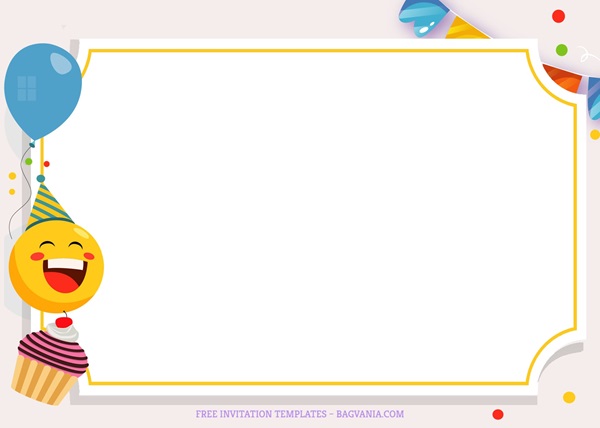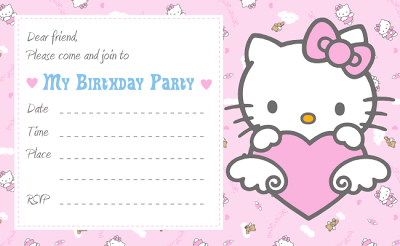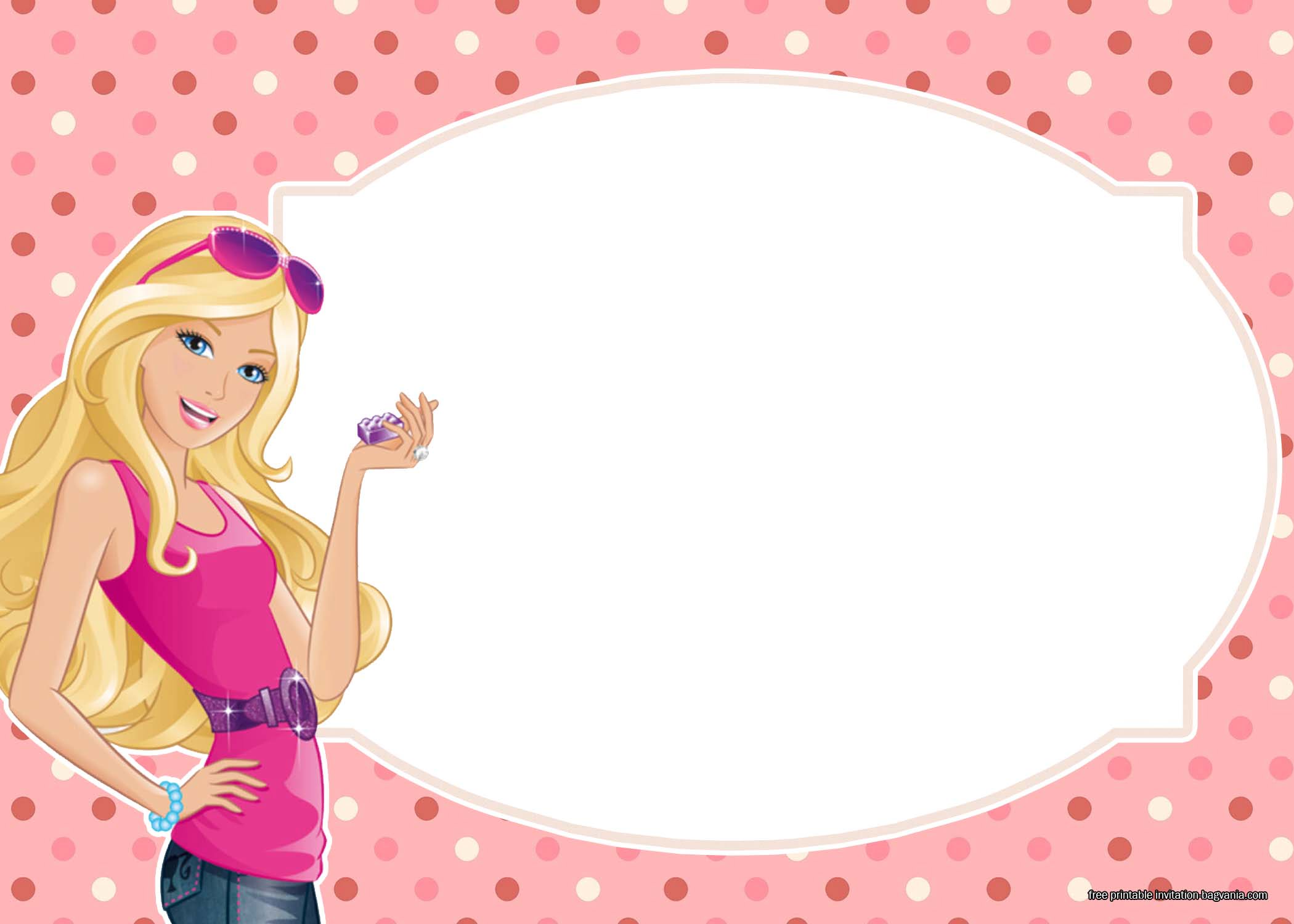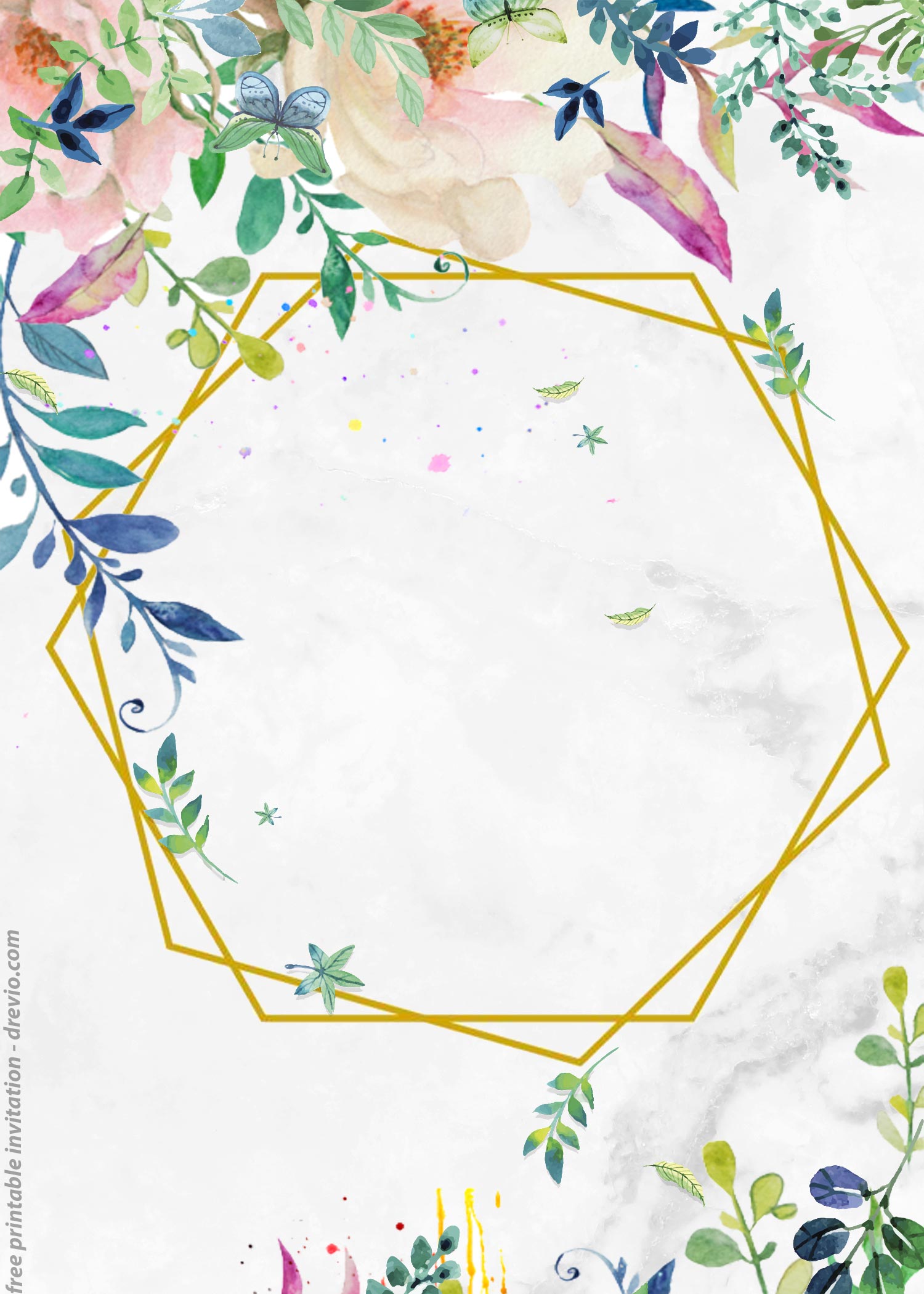Hidden picture activities are a delightful blend of fun and discovery that captivate children’s attention while offering meaningful learning opportunities. In these activities, kids search through a busy scene to find small, hidden objects cleverly tucked into the artwork — turning the page into a playful challenge. Whether it’s spotting a butterfly camouflaged in the flowers or uncovering a hidden ball among beach toys, children engage their minds as they scan, compare, and match. The excitement of the search keeps them motivated, making hidden picture games an enjoyable way to pass time at home, in the classroom, or during quiet moments alone.
Beyond pure fun, hidden picture activities play a powerful role in supporting a child’s developmental growth. As children hunt for each hidden object, they strengthen their visual discrimination skills, sharpen attention to detail, and practice patience and perseverance. These activities also enhance cognitive abilities like memory and problem-solving, as kids remember clues and plan their search strategies. Best of all, hidden picture activities can easily be enjoyed individually for focused play or transformed into lively group challenges at parties and playdates, where friends race to see who can find the most items first. This flexibility makes them a fantastic addition to any activity lineup, blending entertainment with learning in a way that engages children of all ages.
Benefits of Hidden Picture Activities
Parents and caregivers often plan activities to keep the little ones occupied, however activities like this actually carry a lot of hidden benefits. They boost a child’s development in so many different ways, from cognitive function, fine motor skills and even promoting social interactions. Here’s how hidden picture activities help boost a child’s development:
-
Improves visual discrimination
Children learn to notice small differences between shapes, colors, and patterns as they search for hidden objects. This sharpens their ability to distinguish details, which is important for reading readiness and recognizing letters and numbers. -
Enhances attention and focus
Finding hidden objects in hidden picture activities requires careful observation and sustained concentration. Kids practice staying attentive for longer periods, a skill that supports success in school tasks and everyday activities. -
Strengthens memory skills
As children remember what objects they are searching for and recall where they have already looked, they exercise their working memory. This helps improve both short-term and long-term memory, which are key for learning new information. -
Builds problem-solving and perseverance
Searching for well-hidden items encourages kids to think creatively and try different strategies. When they face challenges or can’t immediately find something, they practice patience and learn to persist through frustration. -
Supports hand-eye coordination
Many hidden picture activities involve circling or coloring found objects, which strengthens fine motor control. This coordination is essential for writing, drawing, and other hands-on tasks. -
Boosts confidence and sense of achievement
Each time a child successfully completes their hidden picture activities, they experience a little victory, reinforcing their confidence. These small successes build a positive attitude toward challenges and learning.
Hidden Picture Activities for Children
While there are so many free printable hidden picture activity worksheets that you can find online, it may be a little tricky to know where to start. For younger children, you can start with shapes or simple everyday objects, there are also worksheets that help children build their vocabulary and there are also challenging worksheets that require careful observations for the older kids. Here’s where you can start.
1. Simple Hidden Picture Activities for Young Children
Simple hidden picture worksheets are perfect for preschoolers and early learners who are just beginning to develop their observation skills. These activities typically feature large, easy-to-spot objects hidden in cheerful, uncluttered scenes to prevent frustration and support early success. Some worksheets even focus on one object at a time, like these ones from activities.raisingourkids.com. As children find and circle each item, they practice visual recognition, hand-eye coordination, and focus—all in a playful, age-appropriate way. These beginner-friendly worksheets are a great introduction to more complex puzzles later on and offer a confidence-boosting learning experience.


2. Vocabulary Building Hidden Picture Activities
Vocabulary-themed hidden picture worksheets combine visual search fun with language development. Each hidden item is paired with a written word, helping children connect the picture to its name and reinforcing word recognition and spelling. Some variations may include clues using descriptive sentences or category labels (like “something you wear” or “a kitchen item”), further expanding vocabulary and critical thinking. These activities are ideal for early readers and ESL learners, as they naturally blend reading practice with an engaging challenge.


3. Challenging Hidden Picture Activities for Older Children
For older children, challenging hidden picture worksheets offer more detailed scenes, trickier hiding spots, and longer object lists that require advanced observation and problem-solving skills. These puzzles encourage kids to stay focused for longer stretches and develop perseverance as they work through tough spots. Some versions may introduce time challenges, riddles, or themed mysteries that must be solved by finding specific objects. These higher-level hidden picture activities keep older children engaged while still supporting cognitive development and attention to detail.


Activity for Parties or Playdates
Hidden picture activities are not just great for quiet individual play — they also shine in group settings like parties and playdates, where they turn into exciting, laughter-filled challenges. Children can work together to find all the hidden objects in a large picture or compete in small teams to see who can finish first. The element of friendly competition adds an extra layer of excitement, making the game feel like a treasure hunt. This playful energy helps keep everyone engaged and entertained, making hidden picture games a perfect addition to party activity stations or playdate plans.
When children do hidden picture activities together, they also get a chance to practice valuable social skills. They learn to take turns, share space, and collaborate as they point out clues to each other or work on a common goal. Group play encourages communication, as kids explain what they’ve found or help others spot tricky items, building both language and teamwork abilities. These interactions help children develop patience, empathy, and cooperation — important skills they will carry into school, friendships, and other group settings. Hidden picture games, therefore, offer not only fun but also meaningful opportunities for social learning and connection.
If you need some ideas on how to turn the hidden picture activities into some fun games that will get all the kids involved, here are some hidden picture game ideas that you can try:
- Hidden Picture Race
Give each child (or small team) the same hidden picture worksheet and set a timer. The goal is to find as many hidden objects as possible before time runs out. You can make it extra fun by offering small prizes for categories like “most items found,” “fastest finisher,” or “best teamwork” if they play in pairs or groups. This game builds excitement and encourages kids to stay focused and work quickly under gentle pressure. - Cooperative Hidden Hunt
Instead of competing, children work together on a jumbo-sized hidden picture printed on a poster or projected on a screen. Everyone takes turns pointing out hidden objects, helping each other when someone gets stuck. This version encourages collaboration, communication, and teamwork, making it a great group bonding activity at a party or playdate. - Find-and-Act Game
Add a fun twist by assigning a silly action or sound to each hidden item (for example, quack like a duck when you find the hidden duck or jump up and down when you spot the hidden ball). As children discover each object, they must perform the assigned action. This turns the game into a lively, movement-filled activity that mixes giggles with visual problem-solving — perfect for keeping energy high at parties.
Free Invitation Templates
To make your hidden picture party or playdate even more special, why not start with fun and festive invitations? Providing themed invitation templates adds an extra layer of excitement and helps set the tone for the event before it even begins. Whether you’re hosting a treasure hunt–themed party, an animal adventure, or a seasonal celebration, you can find colorful invitation templates that match your theme and let guests know they’re in for a playful and engaging time.
Many free and customizable invitation templates are available online, featuring cheerful designs, playful fonts, and space to include all your party details. You can personalize them with your child’s name, the date, time, and location of the event, plus a note about the hidden picture games and other fun activities planned. Sending out these bright and inviting invitations — either printed or as digital cards — helps build anticipation among guests and makes the gathering feel extra festive and memorable right from the start. Let me know if you’d like me to recommend some specific websites or links to cute invitation templates!
- 8+ Funny Emojis Birthday Invitation Templates
- 7+ Dazzling Carnival Card For Birthday Invitation Templates


Final Thoughts
Hidden picture activities are a wonderful blend of fun, challenge, and learning, making them a fantastic choice for both individual play and group settings. Whether a child is quietly searching through a worksheet on their own or joining friends in a lively party game, these activities offer endless entertainment while strengthening important developmental skills. From sharpening observation and attention to boosting memory, problem-solving, and fine motor abilities, hidden picture games provide a playful yet meaningful way for children to grow and learn.
Beyond their developmental benefits, hidden picture activities create joyful moments of discovery and achievement that children will remember and cherish. They spark excitement, encourage teamwork, and bring laughter to playdates, parties, or family afternoons. Best of all, they are easy to set up and enjoy anywhere — with just a printable worksheet, you can unlock hours of creative, engaging fun. With so many ways to play and connect, hidden picture activities are a delightful addition to any child’s playtime routine.































